Increasing Livestock Population
The Alfalfa Hay Market is experiencing growth due to the rising livestock population. As the demand for meat and dairy products escalates, farmers are increasingly reliant on high-quality forage such as alfalfa hay to sustain their herds. In recent years, the livestock sector has shown a steady increase, with the number of cattle and dairy animals rising significantly. This trend suggests that the need for nutritious feed, particularly alfalfa hay, will continue to expand. Furthermore, the nutritional profile of alfalfa hay, rich in protein and fiber, makes it a preferred choice among livestock producers. Consequently, this driver is likely to bolster the alfalfa hay market, as producers seek to enhance the health and productivity of their animals.
Export Opportunities in Emerging Markets
The Alfalfa Hay Market is witnessing growth due to emerging export opportunities in various regions. Countries with expanding livestock sectors are increasingly seeking high-quality forage to support their agricultural needs. For instance, nations in Asia and the Middle East are becoming significant importers of alfalfa hay, driven by their growing demand for meat and dairy products. This trend indicates a potential for alfalfa hay producers to tap into new markets, thereby enhancing their revenue streams. Furthermore, favorable trade agreements and reduced tariffs may facilitate easier access to these markets, further boosting exports. As a result, the alfalfa hay market is likely to benefit from these international trade dynamics, positioning itself for sustained growth in the coming years.
Growing Awareness of Nutritional Benefits
The Alfalfa Hay Market is benefiting from a growing awareness of the nutritional advantages associated with alfalfa hay. As consumers become more health-conscious, there is an increasing demand for high-quality feed that promotes animal health and productivity. Alfalfa hay is recognized for its rich nutrient content, including essential vitamins and minerals, which are crucial for livestock growth and milk production. This heightened awareness is prompting farmers to prioritize alfalfa hay in their feeding regimens, thereby driving market demand. Additionally, the trend towards sustainable and organic farming practices further emphasizes the importance of using natural feed sources like alfalfa hay. As a result, the alfalfa hay market is likely to see sustained growth as producers align their practices with consumer preferences for healthier livestock products.
Technological Advancements in Agriculture
The Alfalfa Hay Market is poised for growth due to technological advancements in agricultural practices. Innovations in farming equipment and techniques have enhanced the efficiency of alfalfa cultivation and harvesting. For instance, precision agriculture technologies allow farmers to optimize resource use, leading to higher yields and better quality hay. Moreover, advancements in irrigation and pest management have contributed to more sustainable alfalfa production. According to recent data, the adoption of these technologies has resulted in a notable increase in alfalfa yield per acre, which is expected to positively impact the market. As farmers continue to embrace these innovations, the alfalfa hay market is likely to expand, meeting the rising demand for quality forage in livestock production.
Climate Resilience and Adaptation Strategies
The Alfalfa Hay Market is increasingly influenced by climate resilience and adaptation strategies. As climate change poses challenges to traditional farming practices, producers are seeking crops that can withstand varying environmental conditions. Alfalfa, known for its drought resistance and ability to thrive in diverse soil types, is becoming a preferred choice among farmers. This adaptability not only ensures a stable supply of forage but also aligns with sustainable agricultural practices. Recent studies indicate that alfalfa can maintain productivity even under stress conditions, making it a reliable option for livestock feed. Consequently, the emphasis on climate-resilient crops is likely to drive demand for alfalfa hay, positioning the market favorably in the context of changing agricultural landscapes.


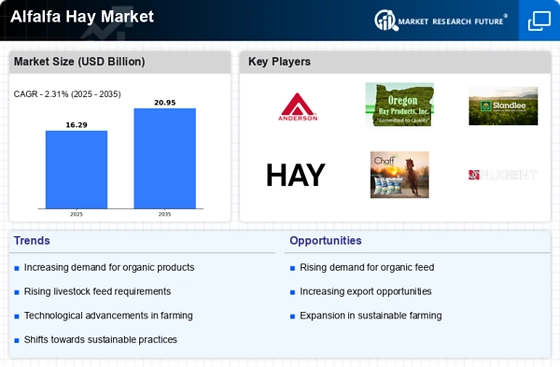
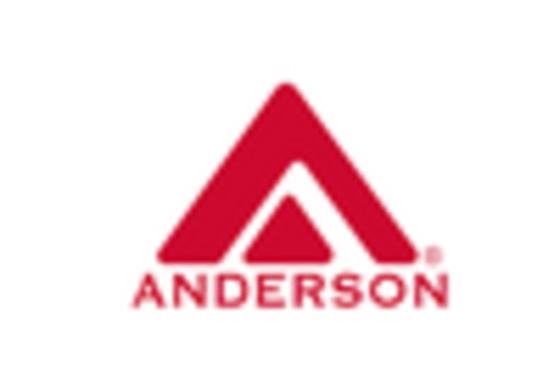


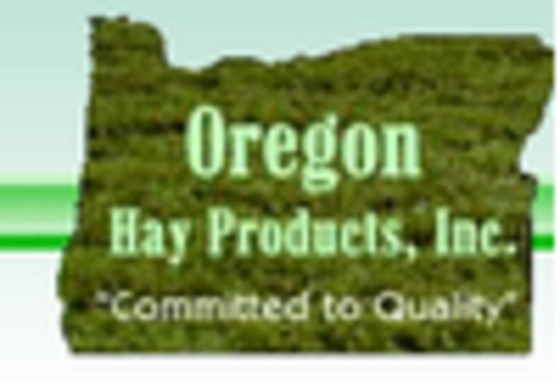
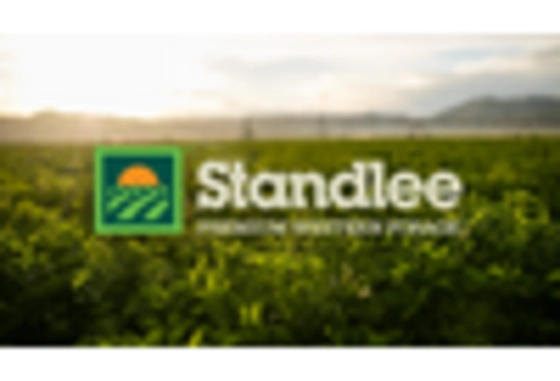
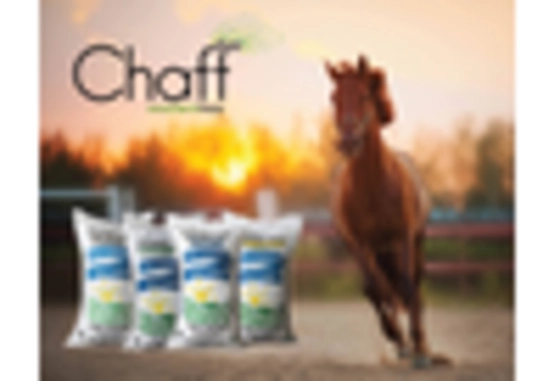








Leave a Comment